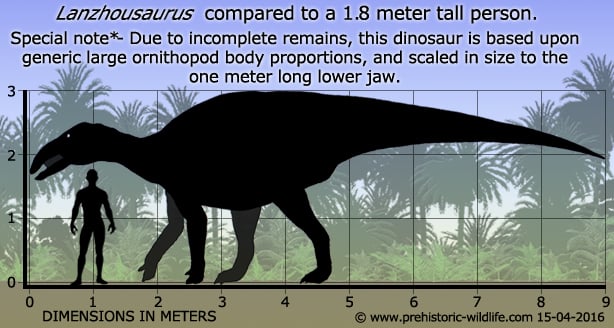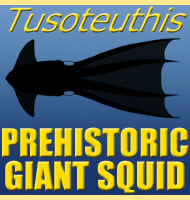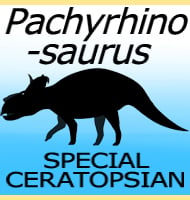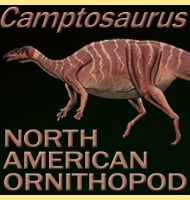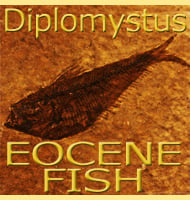In Depth
Reconstructions of Lanzhousaurus are sketchy at best, but with a jaw length of one meter, it is near certain that in life Lanzhousaurus would have been a very large ornithopod dinosaur. Following this trend, the teeth that have been preserved in the lower jaw are also unusually large, and at fourteen centimetres in length each, are actually the largest known for any plant eating animal ever (functional processing teeth as opposed to tusks). Why did Lanzhousaurus have such large teeth? The answer is we just don’t know yet for certain, though it was almost certainly for some kind of adaptation, specialist feeding or otherwise.
Further Reading
- Lanzhousaurus magnidens gen. et sp. nov. from Gansu Province, China: the largest-toothed herbivorous dinosaur in the world. - Geological Bulletin of China 24(9):785-794 - H. You, Q. Ji & D. Li - 2005. – Stable Isotopes Reveal Rapid Enamel Elongation (Amelogenesis) Rates for the Early Cretaceous Iguanodontian Dinosaur Lanzhousaurus magnidens. – Scientific Reports 7, Article number: 15319 (2017). – Celina A. Suarez, Hai-Lu You, Marina B. Suarez, Da-Qing Li & J. B. Trieschmann – 2017.
